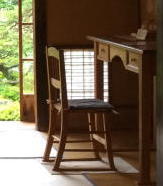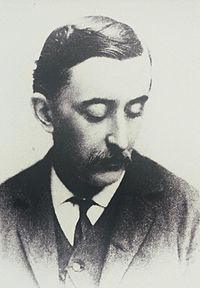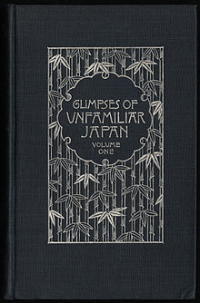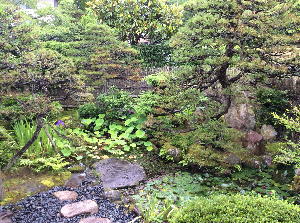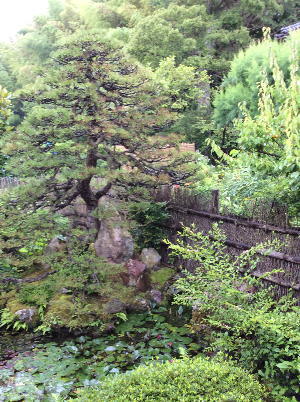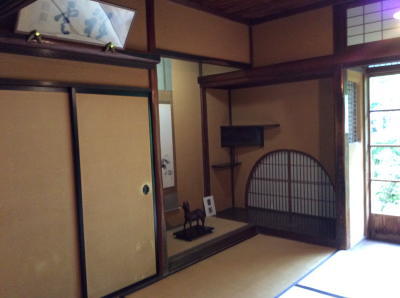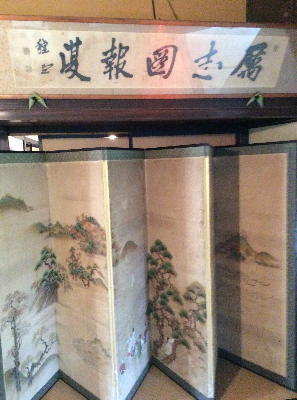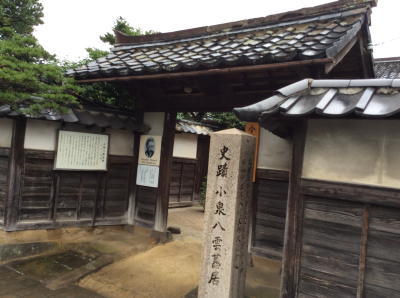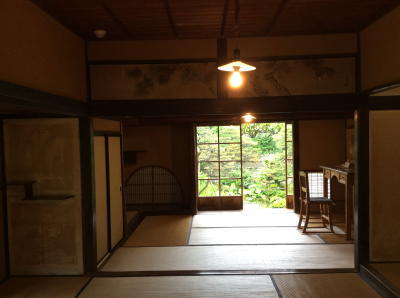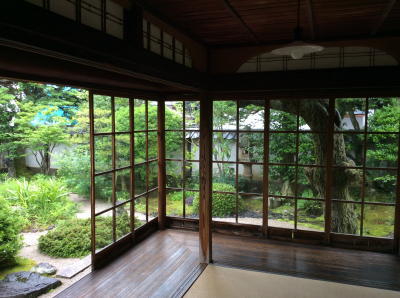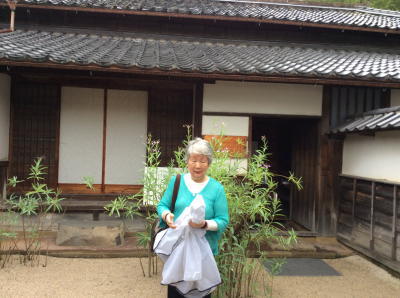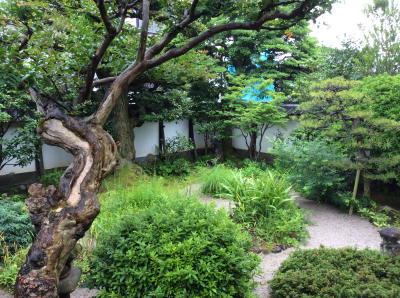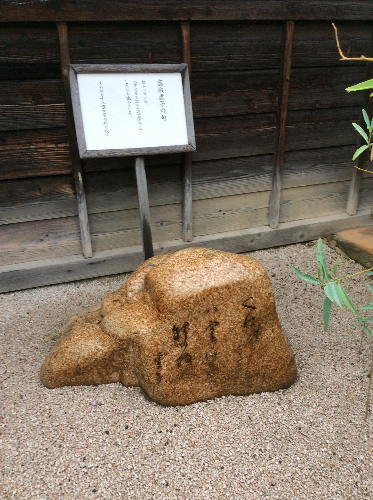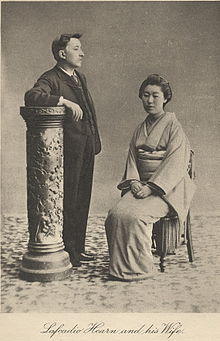|
|||||||||||||||||||||||||||
Visiting Matsue City Koizumi Yakumo-Patrick Lafcadio Hearn |
|||||||||||||||||||||||||||
| Hello, there! We had a travel to Izumo and Matsue in July. Matsue is the capital city of Shimane Prefecture, that faces The Sea of Japan. By our friend's car, we drove. It was quite a long trip, much farther than we had expected. The access is not easy if we go by train. The highlight of the trip was visiting Koizumi Yakumo's old residence. I will show you some photos. I hope you will enjoy meeting Koizumi Yakumo. |
|||||||||||||||||||||||||||
|
|||||||||||||||||||||||||||
| I hope you have a chance to read one of Yakumo's books. They will
tell you an image of Japan, somewhat old, but not changed in depth. Japan
was lucky to have this translator of Japanese culture and ambiguous beauty
100 years ago. |
|||||||||||||||||||||||||||
|
Thank you very much for joining me.
I hope you will visit us again next month. |
|||||||||||||||||||||||||||
| Mail to Harumi
Okochi |
|||||||||||||||||||||||||||

